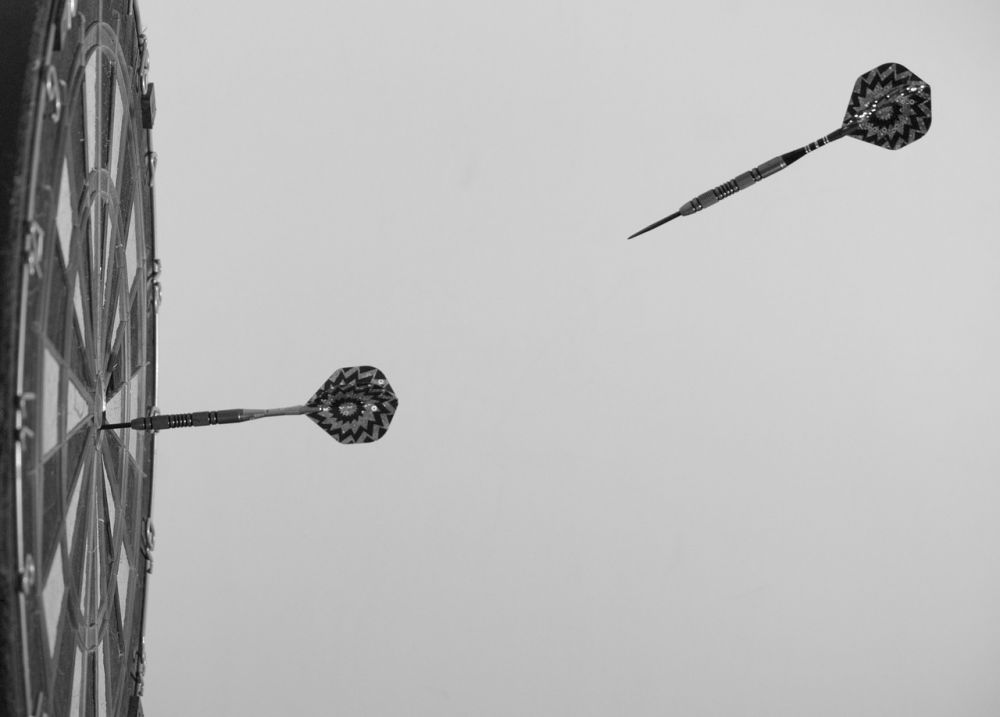Labyrinth Board Game: Unlocking the Maze of Fun and Strategy

Introduction:
Labyrinth board games have been a beloved pastime for generations, captivating both young and old with their enchanting mazes and intriguing gameplay. Whether you are a seasoned board game enthusiast or a novice looking to delve into the world of tabletop gaming, this article will provide you with a comprehensive overview of labyrinth board games. From their origins to their evolution over time, we will explore what makes these games so fascinating and offer key insights for anyone interested in this captivating subject.
Understanding Labyrinth Board Games:

Labyrinth board games are a unique blend of strategy, problem-solving, and adventure. The objective of these games is to navigate a maze-like board and reach a specific goal or target. While the core mechanics remain consistent across different versions of labyrinth board games, the complexity and themes can vary greatly, catering to a wide range of interests and age groups.
Historical Background:
The history of labyrinth board games can be traced back to ancient times. The earliest known example, known as “The Royal Game of Ur,” was discovered in the archaeological remains of ancient Mesopotamia. Throughout centuries, labyrinth board games have undergone numerous transformations, adapting to different cultures and evolving alongside advancements in technology and gaming trends.
Evolution of Labyrinth Board Games:
1. Traditional Labyrinth Games:
Traditional labyrinth board games are characterized by a fixed maze design, which remains unchanged throughout gameplay. Players navigate their way through the labyrinth, strategizing their moves to overcome obstacles and challenges. The classic “Labyrinth” series by Ravensburger is a prime example of this form of gameplay.
2. Modular Labyrinth Games:
In response to the demand for increased replayability and customization options, modern labyrinth board games have introduced modular boards. These games feature interchangeable tiles or pieces, allowing players to create unique mazes with each playthrough. Such games include “Betrayal at House on the Hill” and “Mage Knight.”
3. Cooperative Labyrinth Games:
Cooperative labyrinth board games foster teamwork and collaboration among players instead of competition. Participants must work together to overcome the labyrinth’s obstacles and achieve a common objective. Examples of cooperative labyrinth board games include “Pandemic” and “Forbidden Island.”
4. Digital Adaptations:
As technology advanced, labyrinth board games found their way into the digital realm. Video game adaptations of labyrinth board games offer immersive experiences, stunning graphics, and additional interactive elements. Prime examples include “The Legend of Zelda” series and “Monument Valley.”
Key Features and Considerations:
– Complexity Levels: Labyrinth board games come in various complexity levels, suited to different player preferences and skill levels.
– Theming and Artwork: The aesthetic appeal and thematic immersion are essential aspects of labyrinth board games, enabling players to fully engage with the game’s storyline and atmosphere.
– Replayability: Games that offer multiple pathways, randomization, and modular components enhance replayability, ensuring that players never tire of exploring the labyrinth.
– Age Appropriateness: When selecting a labyrinth board game, it is crucial to consider the target audience’s age group. Many games offer variations suitable for both children and adults.
Conclusion:
Labyrinth board games have stood the test of time, captivating players across generations with their intriguing gameplay and enchanting mazes. From their humble origins to their modern adaptations, these games continue to evolve, offering unique experiences and challenging players’ strategic thinking. Whether you are a hobbyist or a DIY enthusiast, exploring the world of labyrinth board games opens up a universe of adventure and fun.
















































